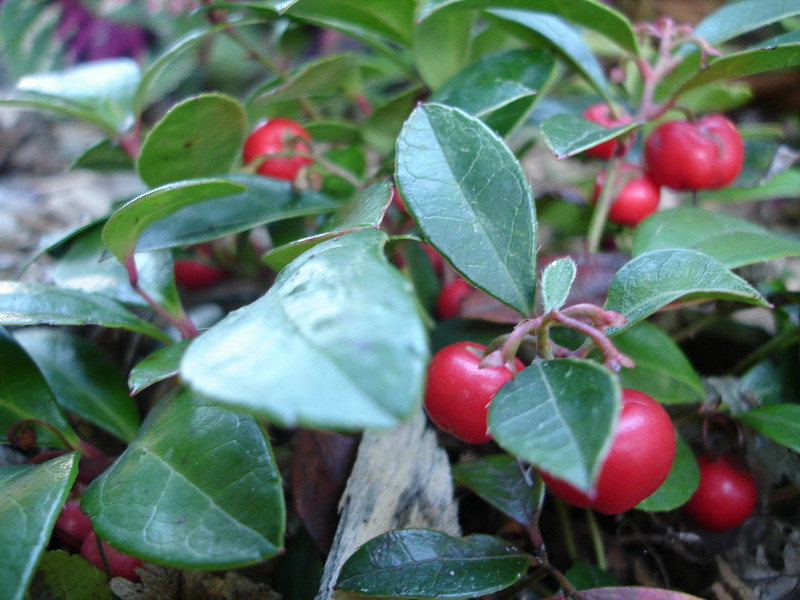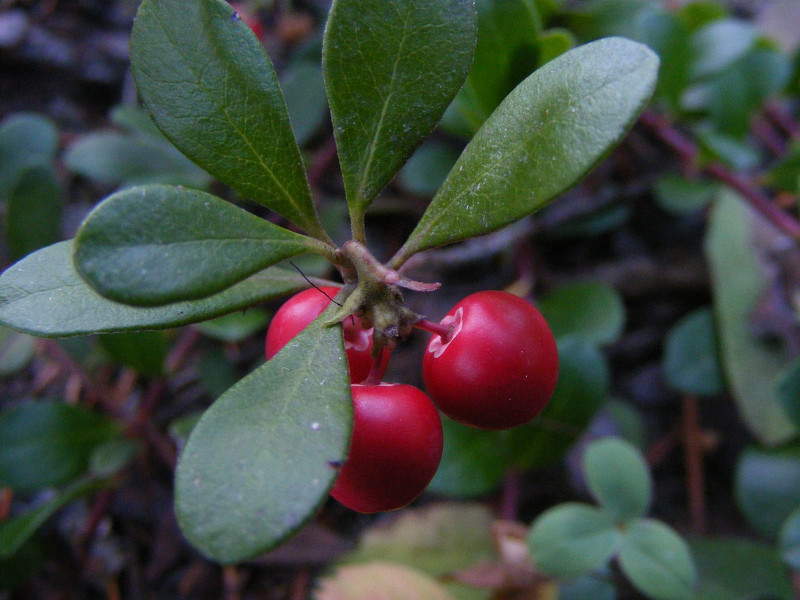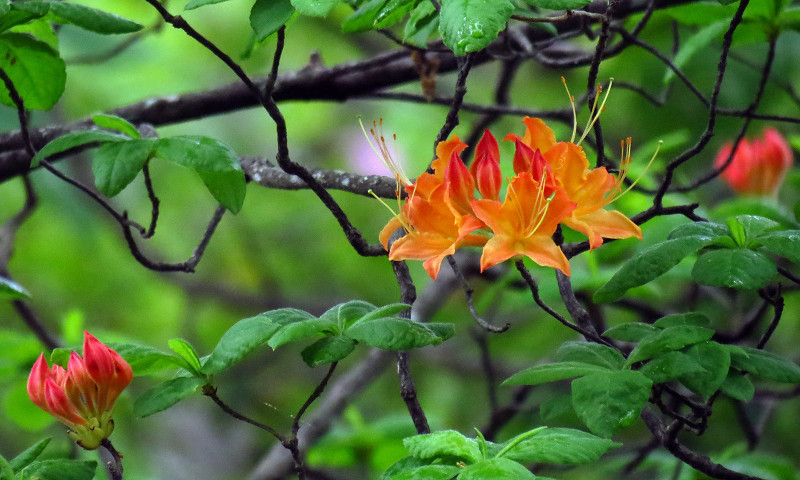
Kinnikinnick Facts
- The difficult term of Kinnikinnick serves as the most frequently used common name for this beautiful variety of woody plant. It does have a few other names, though. These include such titles as pinemat manzanita and bearberry. That also applies to others.
- Inside the scientific community, however, it’s typically referred to by its technical moniker. As often happens, though, that’s a hard name for the layperson to pronounce. That’s because the marvel of Nature holds the formal name of Arctostaphylos uva-ursi.
- The tongue-twisting common name comes directly from the language of a Native American nation living in its region. The Algonquian People long knew of and utilized the marvelous flora. By any of these terms, however, it’s an impressive little beauty.
- As mentioned above, the alternate term of bearberry applies to other species as well. This often creates confusion. That state arises due to the fact that a remarkable 14 known subspecies of the Angiosperm exist. In many instances, their areas overlap.
- Forunately, the beautiful Kinnikinnick seems to be maintaining a population base that’s both stable and sufficient. That pleasant condition also appears to hold true throughout its range. The IUCN thus lists it as Least Concern on its published Red List.
- Neveretheless the wonder of Nature faces several potential threats to its continued existence. These mainly include human created conditions. Those perils include habitat degradation and loss. Its greatest, though, likely comes from climate change.
Related Articles




Kinnikinnick Physical Description
The intriguing Kinnikinnick quickly appeals visually to most people fortunate enough to encounter it. Yet it does so principally due to its beauty and colors. That’s because, regardless of other factors, it’s a small member of its Family. Nature doesn’t care about that.
Individual specimens develop as small, ground-hugging shrubs. The height of each separate plant varies significantly, however. This naturally holds true in different parts of its range, but even occurs among examples in close proximity. The exact reason’s a small mystery.
Overall, though, individual plants attain vertical measurements ranging from only 2 – 12 in (5 – 30 cm). But, as a general principle, this flora rarely exceeds 6 in (15 cm) in height. The Angiosperm makes up for this, though, by typically growing in extremely dense clusters.
It produces long, flexible stems from single roots. From these, numerous branching twigs develop, usually growing vertically. These start out displaying either a pale green or white color. As they mature, their color changes to reddish-brown, and with a smooth texture.
The leaves of the dazzling Kinnikinnick remain small, averaging 1.5 in (4 cm) in length. Each also averages 0.5 in (1 cm) in width. The upper side of each displays a shiny dark green shade. Meanwhile, the underside shows a lighter hue. These feel thick and stiff in nature.
Yet it’s the flowers and fruits that catch the most attention. The blooms develop in clusters, and develop a urn-shape. Each varies in color from white to light pink. Its tiny fruits range in diamater from 0.25 – 0.5 in (0.6 – 1.3 cm). They remain on the plant until early winter.
- Kingdom: Plantae
- Phylum: Tracheophytes
- Class: Eudicots
- Order: Ericales
- Family: Ericaceae
- Genus: Arctostaphylos
- Species: A. uva-ursi

Kinnikinnick Distribution, Habitat, and Ecology
The breathtaking Kinnikinnick evolved as native to an extraordinarily broad swathe of the globe. The full extent of that range might surprise some people, though. That’s true since it has a circumpolar distribution, appearing throughout most of the Northern Hemisphere.
In North America, it lives in Alaska, Canada, and much of the United States. It’s especially prevalent in the Appalachian Mountains. In Asia, the plant grows from Siberia to Turkey and through the Himalayas. Meanwhile, in Europe, it grows from Iceland to Greece.
This marvelous plant developed as highly versatile and adaptible in its choice of habitat. It therefore appears in a wide range of environmental conditions. The remarkable product of nature and evolution does demonstrate a preference for moderate temperatures.
Due to that, it typically only appears at higher altitudes in the more northerly part of its range. Other than that, it most commonly grows in temperate forest regions. Yet it also feels at home even in urbanized areas. It’s commonly seen in parks and rock gardens.
The gorgeous Kinnikinnick typically blooms from May to June across most of its range. A wide variety of insects pollinate the species, including various locally prevalent bees. It serves as a vital food source for numerous types of animals, including deer and bears.
Native Americans consumed its fruits as well. They also used its dried leaves for smoking. Young leaves were also often used to make tea. Various parts of the plant also played a prominent role in local herbal medicines. Other parts even serves as a source of dyes.
Species Sharing Its Range



Check out our other articles on 4 Phenomenal Philippine’s Reptiles, Halloween Hermit Crab, Victoria Falls, Southern Darwin’s Frog, Mangrove Monitor, Eastern Gray Squirrel, European Hornet









Leave a Reply